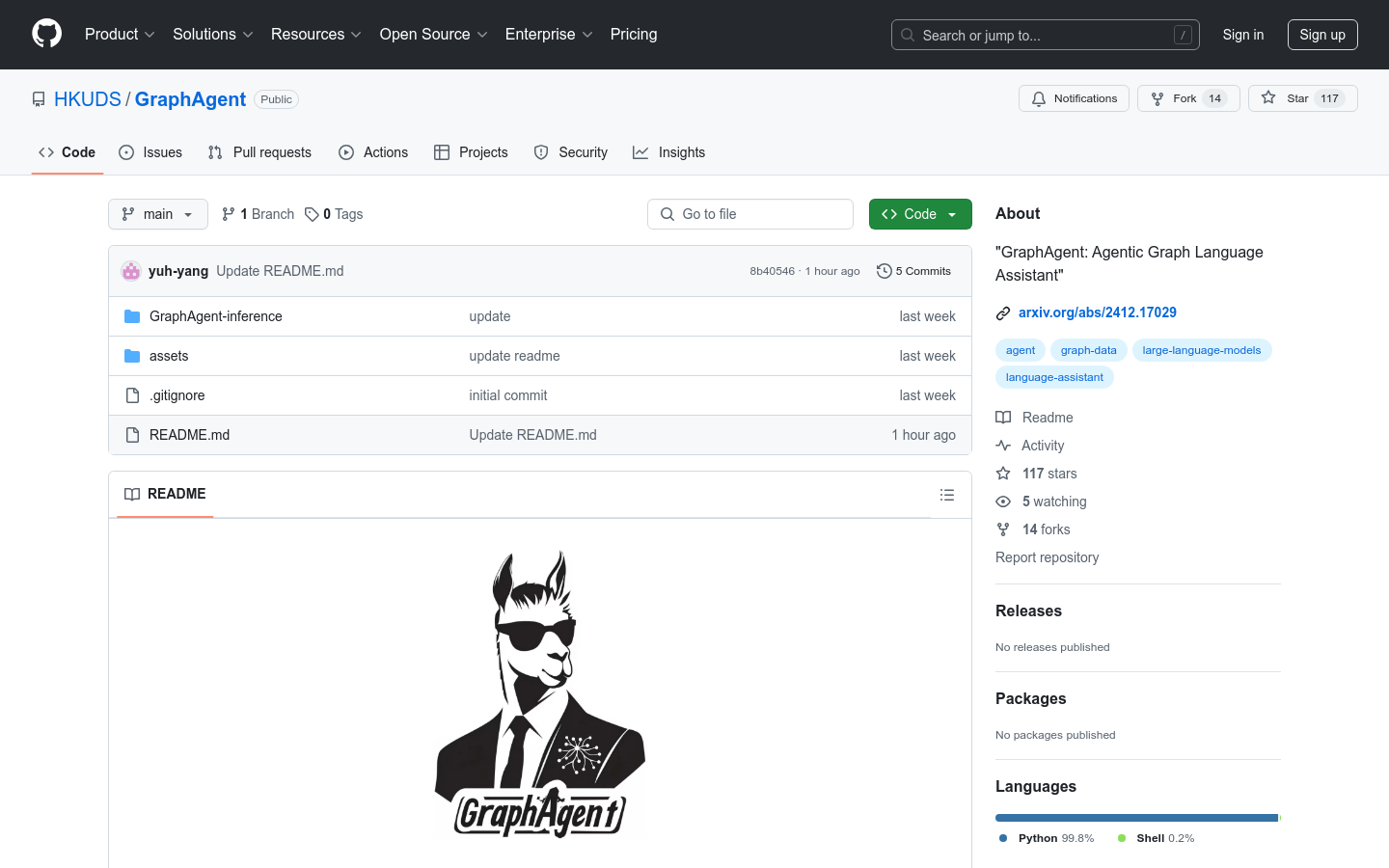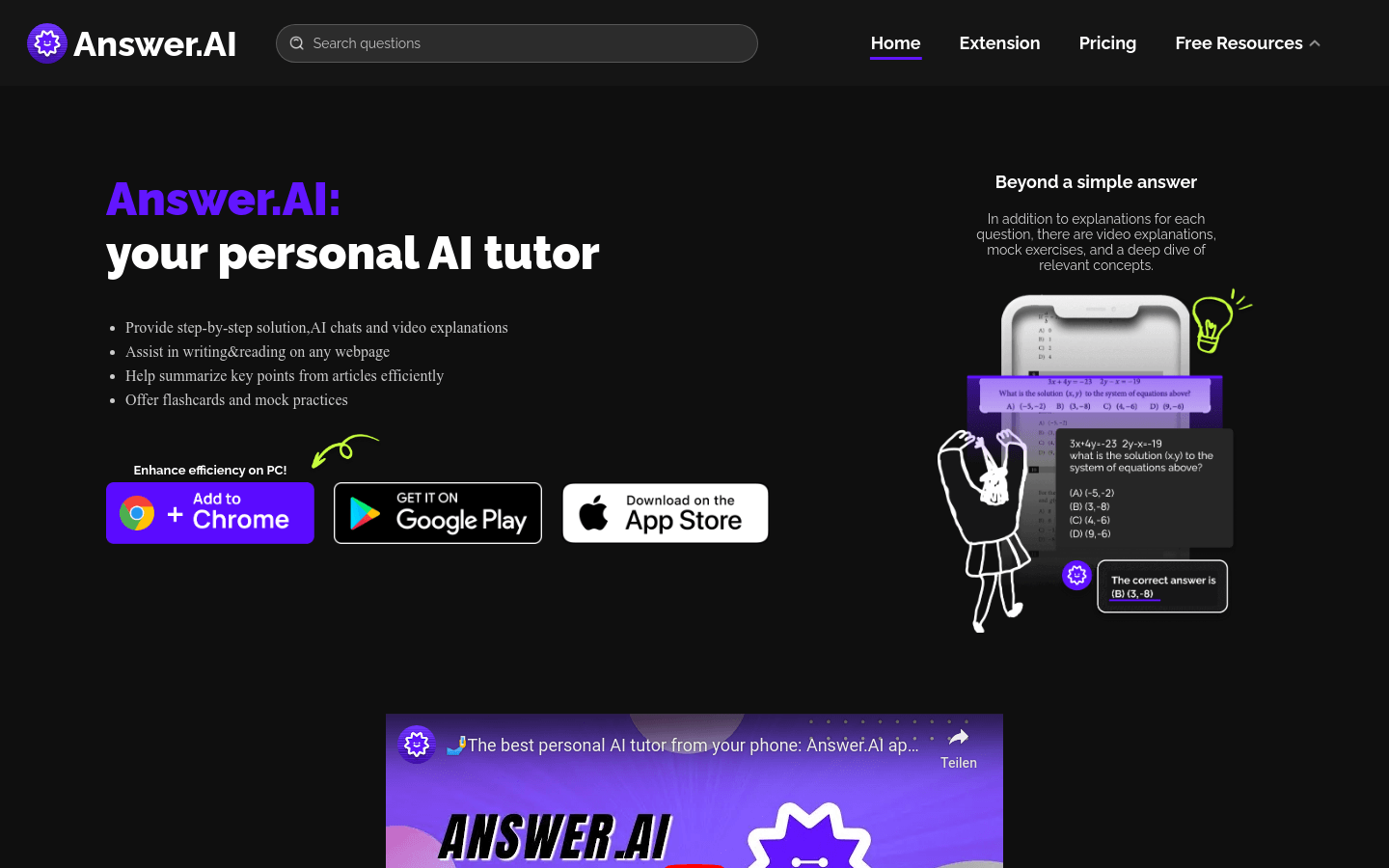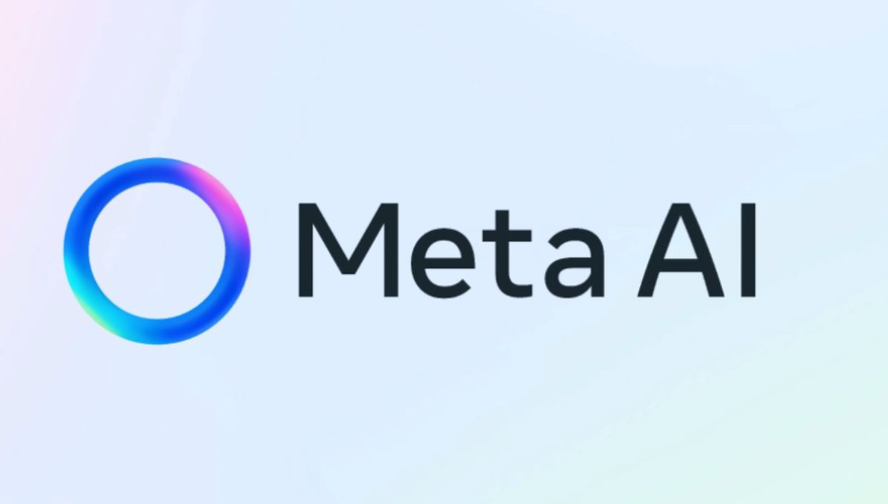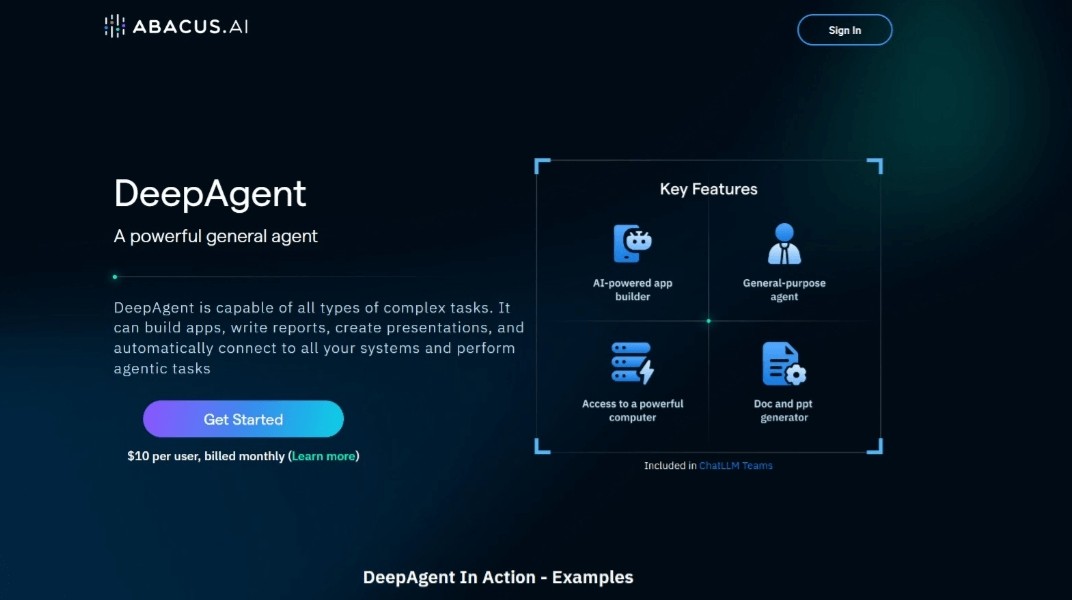
GraphAgent is an automated agent pipeline designed to handle explicit graph dependencies and implicit graph-augmented semantic interdependencies to accommodate prediction tasks (e.g. node classification) and generation tasks (e.g. text generation) in real-world data scenarios. It consists of three key components: a graph generation agent that builds knowledge graphs to reflect complex semantic dependencies; a planning agent that interprets different user queries and formulates corresponding tasks; and an execution agent that efficiently executes planned tasks and automates tool matching and invocation. GraphAgent reveals complex relational information and data semantic dependencies by integrating language models and graph language models.
Demand group:
" GraphAgent is targeted at data scientists, machine learning engineers, and researchers who need to handle complex graph data and semantic dependencies for prediction and generation tasks. The product helps them improve efficiency and accuracy."
Example of usage scenario:
Node classification using GraphAgent to identify key influencers in social networks.
Use GraphAgent to generate technical documentation and create summaries by understanding the complex relationships between documents.
Apply GraphAgent in the recommendation system to improve recommendation accuracy by analyzing the relationship between user behavior and products.
Product features:
Build knowledge graphs: GraphAgent 's graph generation agent can build knowledge graphs that reflect complex semantic dependencies.
Task planning: The task planning agent can interpret a variety of user queries and formulate corresponding tasks.
Task execution: The task execution agent can efficiently execute scheduled tasks and automate tool matching and invocation.
Language model integration: GraphAgent integrates language models and graph language models to reveal complex relational information and data semantic dependencies.
Multitasking: Suitable for prediction tasks and generation tasks, such as node classification and text generation.
Automated tool matching and calling: Automatically match and call appropriate tools in response to user queries.
Usage tutorial:
1. Clone the code base: Use the git clone command to clone the GraphAgent code base.
2. Create an environment: Use conda to create a new Python environment and activate it.
3. Install dependencies: Install the dependencies required for GraphAgent inference through pip.
4. Get the pre-trained model: Download the pre-trained model from Hugging Face and replace or download it automatically.
5. Set the planner and API token: Set the default planner and API key in the run.sh file.
6. Run inference: Start GraphAgent by running a bash script and enter user instructions or file paths for inference.
7. View the results: Based on the input instructions or file paths, observe how GraphAgent processes the task and outputs the results.







